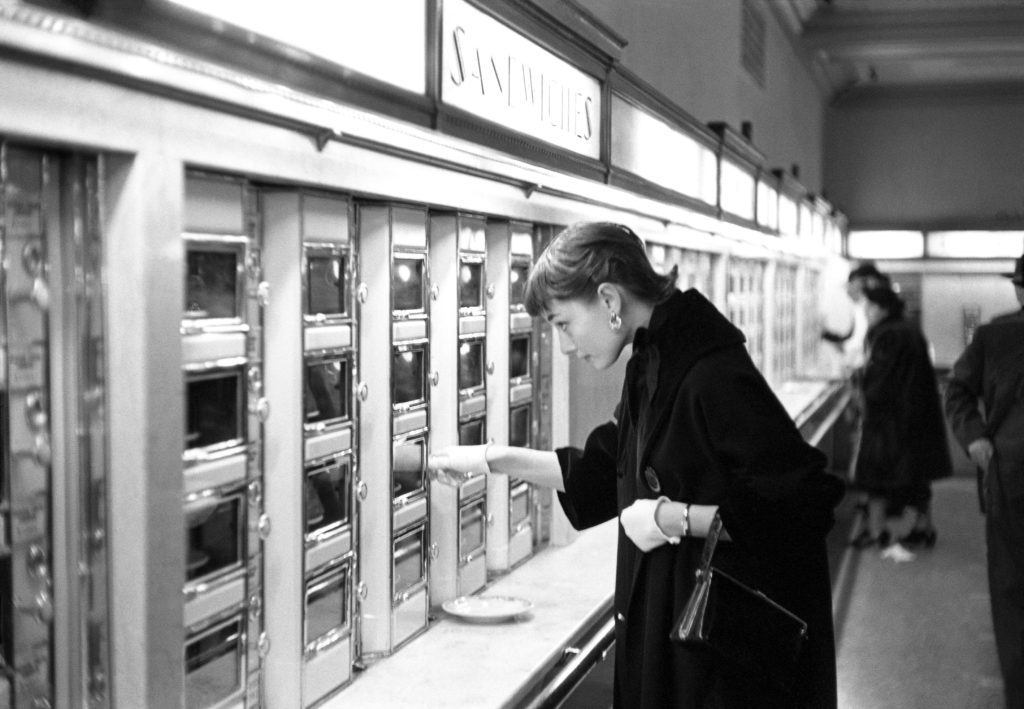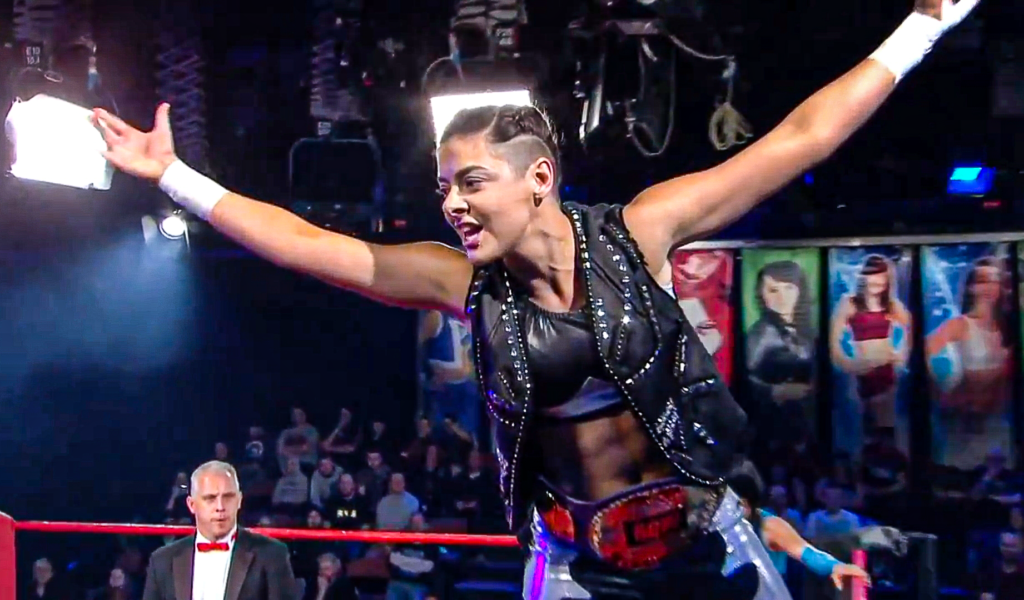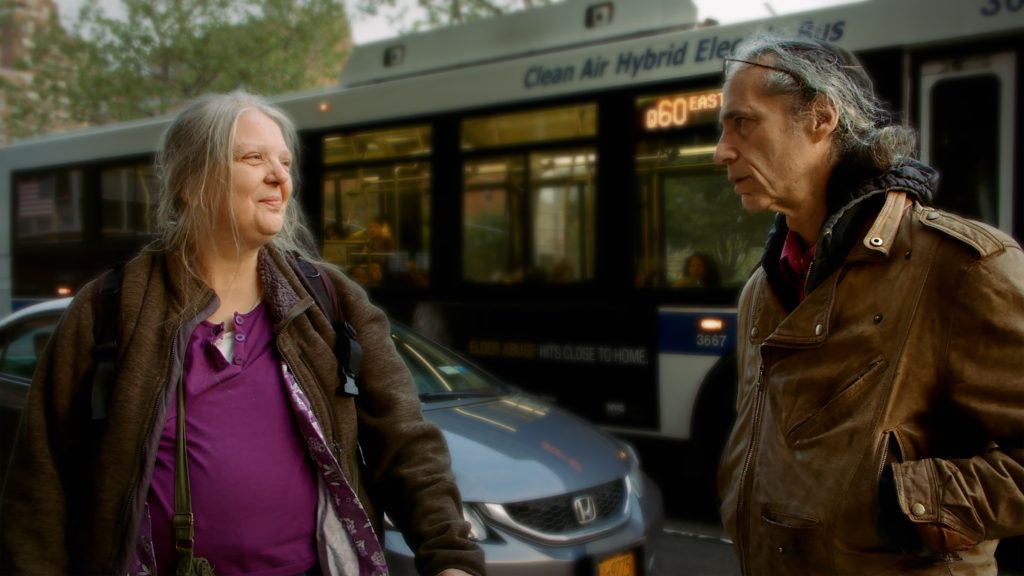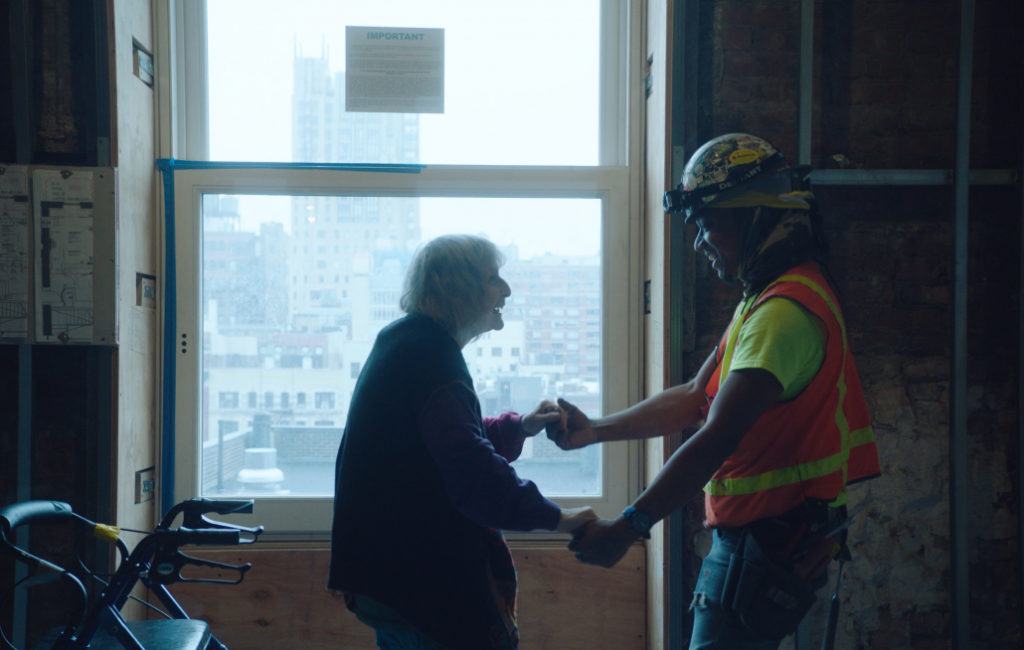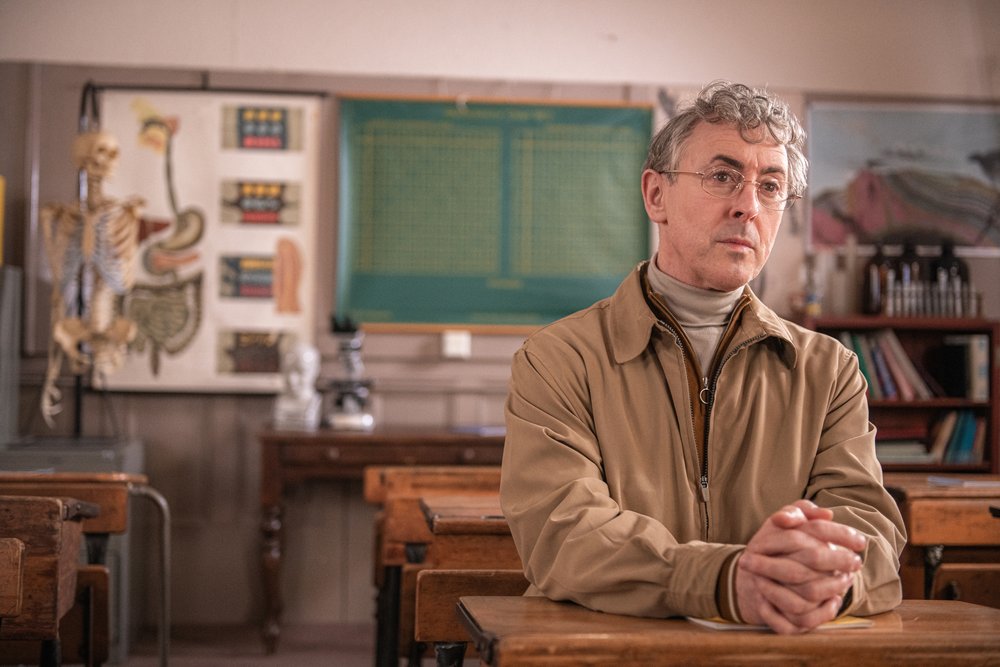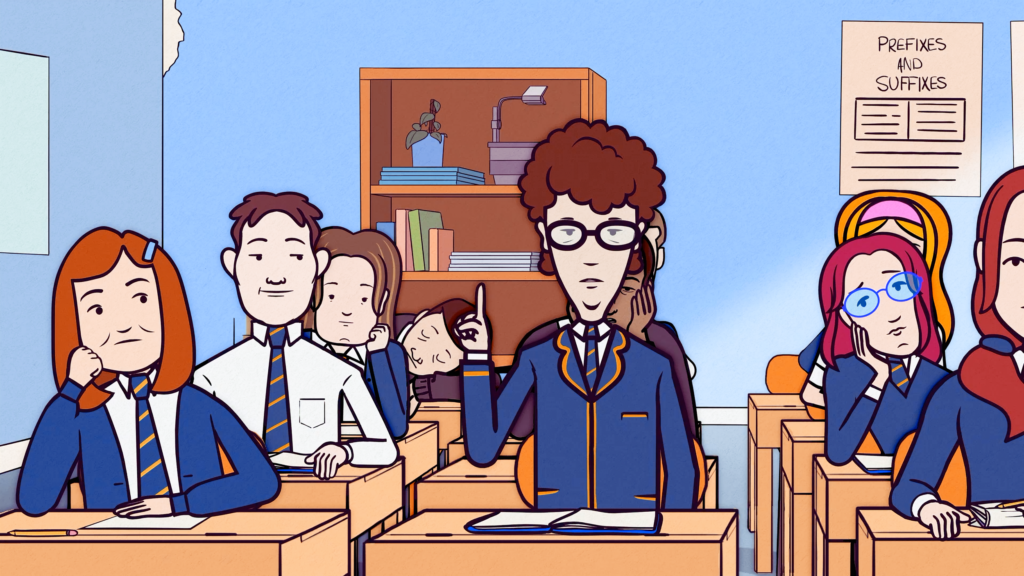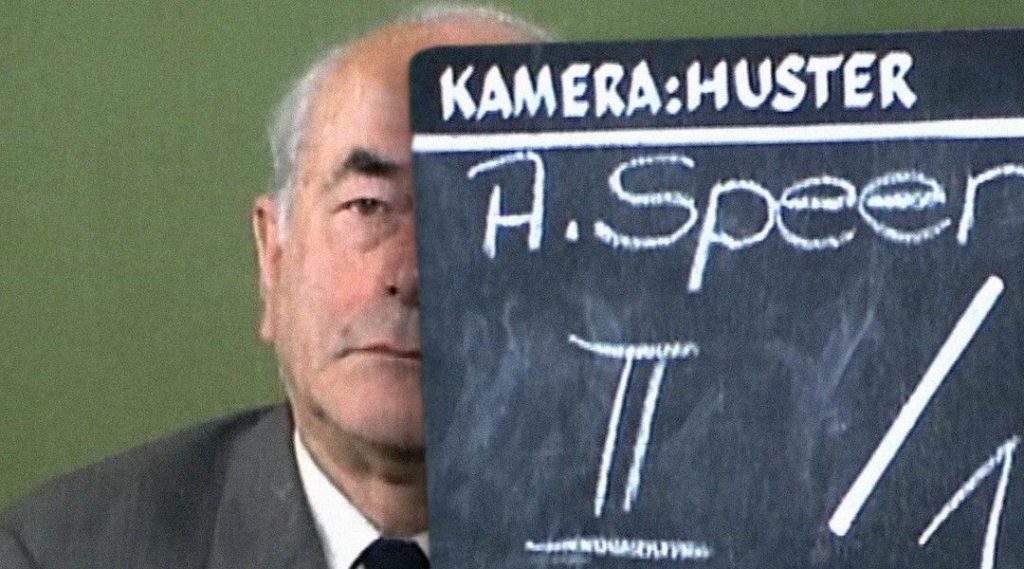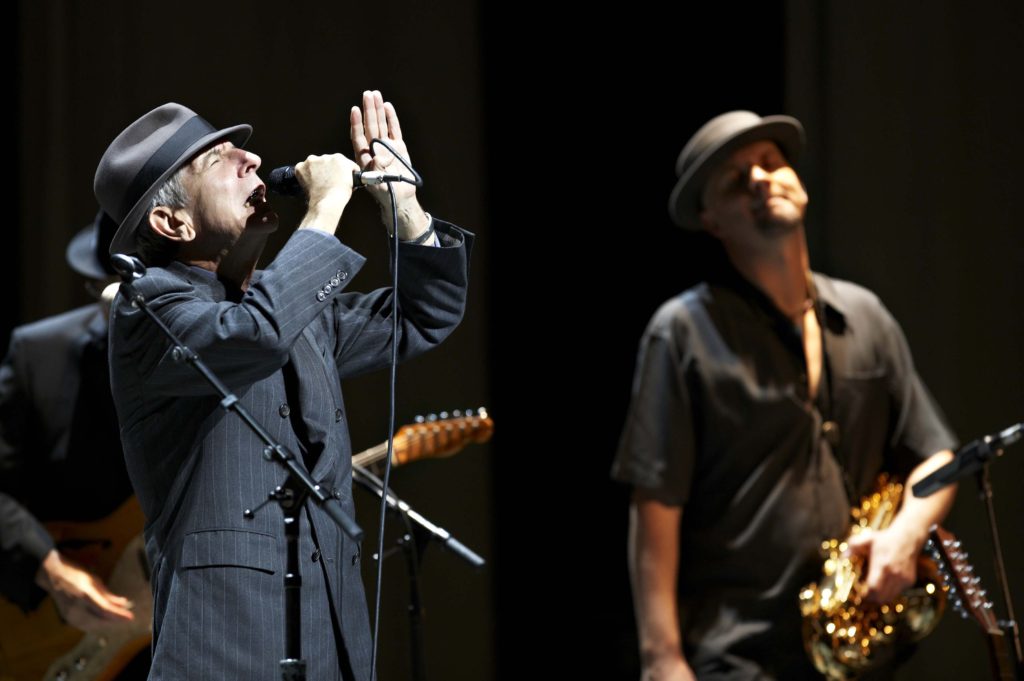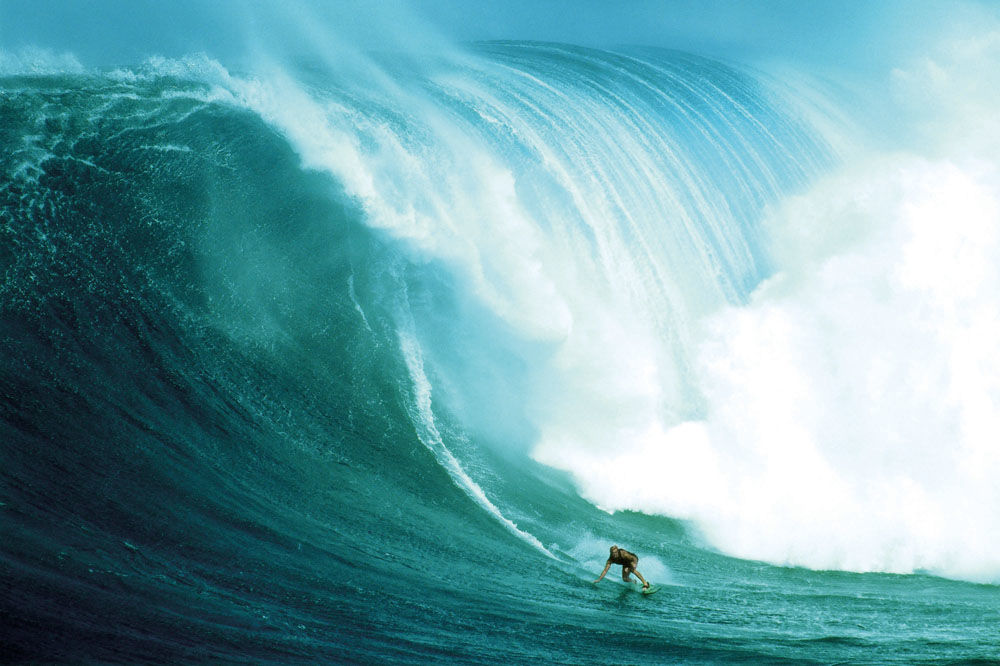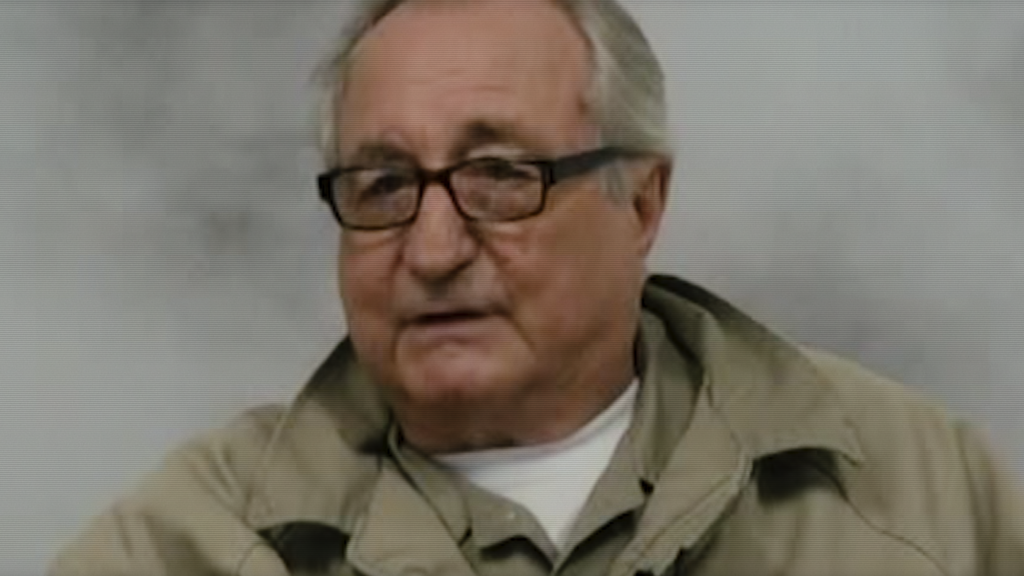
Netflix’s documentary Madoff: The Monster of Wall Street is a pretty good watch. Most folks, like me, thought they understood the now 15-year-old story of Madoff’s house of cards collapsing at the same time as the 2008 mortgage meltdown, ruining hundred of investors, including pensioners and non-profits. But Madoff: The Monster of Wall Street contributes a comprehensive perspective and some jaw-dropping nuggets, to wit:
- How the SEC whiffed MULTIPLE TIMES, even when the case was giftwrapped for them by a credible Wall Street expert;
- The moment when the SEC and FBI learned that the fraud was not in the millions, but in the TENS OF BILLIONS;
- How Bernie Madoff banned his own sons from the separate office in which the fraud was committed;
- How Madoff concealed the fraud in plain sight with brazenness alone;
- The one zillionaire investor who must have known about the Ponzi scheme and kept bailing Madoff out; and
- What happened to the main characters in the saga, including Madoff’s family and confidantes – it is operatic.
We benefit from Madoff: The Monster of Wall Street‘s comprehensive look at the scandal because our knowledge of it come from the news coverage at time of his arrest, which focused on the plight of Madoff’s victims. That’s a key part of the story, but it helps to (in my case) learn that Madoff’s stature was earned by his building two entirely legitimate Wall Street businesses, co-founding the NASDAQ and becoming a sage adviser to the SEC. It also helps to revisit the scale of his fraud (the largest Ponzi scheme in world history) and how it differed from other Ponzi schemes – NONE of his victims’ money was ever invested.
One of the key themes is the contrast between the two suites of Madoff offices – with only Madoff himself having access to both. His sleek 19th floor suite housed the two legitimate businesses, was immaculately decorated in black and silver, and primarily staffed with well-educated Jews. The 17th floor, which housed the fraud, was staffed by high-school-educated Italian-Americans, and was a messy warren of cardboard boxes and a DOT MATRIX PRINTER.
Madoff: The Monster of Wall Street is well-sourced with the federal agents who arrested Madoff, his personal secretary and employees of both his legitimate and his fraudulent businesses, and clips of Bernie himself in prison garb, ‘fessing up, We also meet the guy who proved as early as 2000 that Madoff had to running a Ponzi scheme, only to be rebuffed by the SEC five times between 20000 and 2008.
Madoff: The Monster of Wall Street was directed by Joe Berlinger, who has directed some of the 21st century’s very best documentaries – the Paradise Lost series and Metallica: Some Kind of Monster. This time, I did not care for his odd technique of using look-alike “actors” in “re-creations”, obviously to fill in for a scarcity of file footage, but it ultimately did not detract from telling a great story. Anyway, hopefully, Netflix will keep hiring Berlinger to make films, which is a great thing.
Madoff: The Monster of Wall Street is streaming on Netflix.


